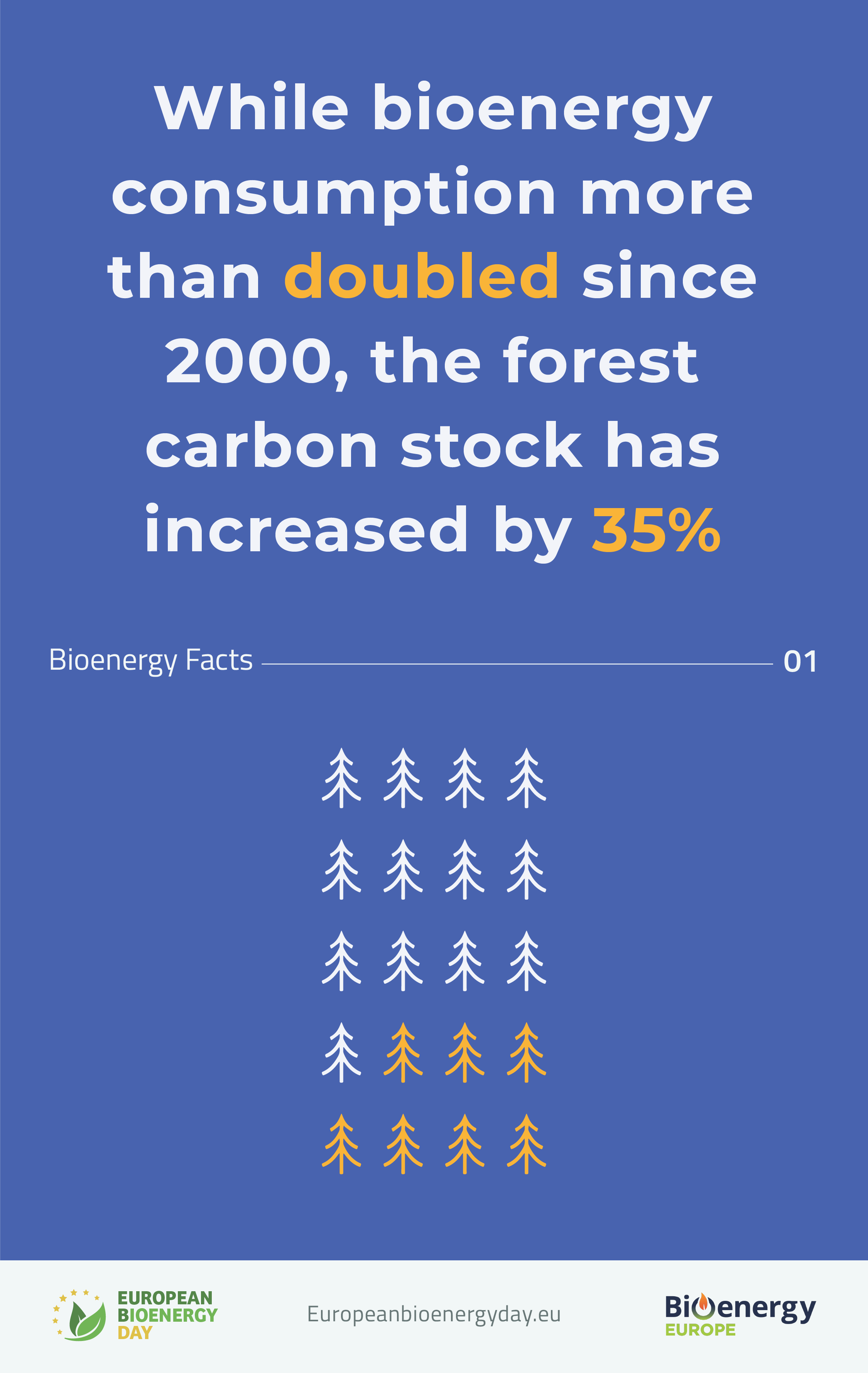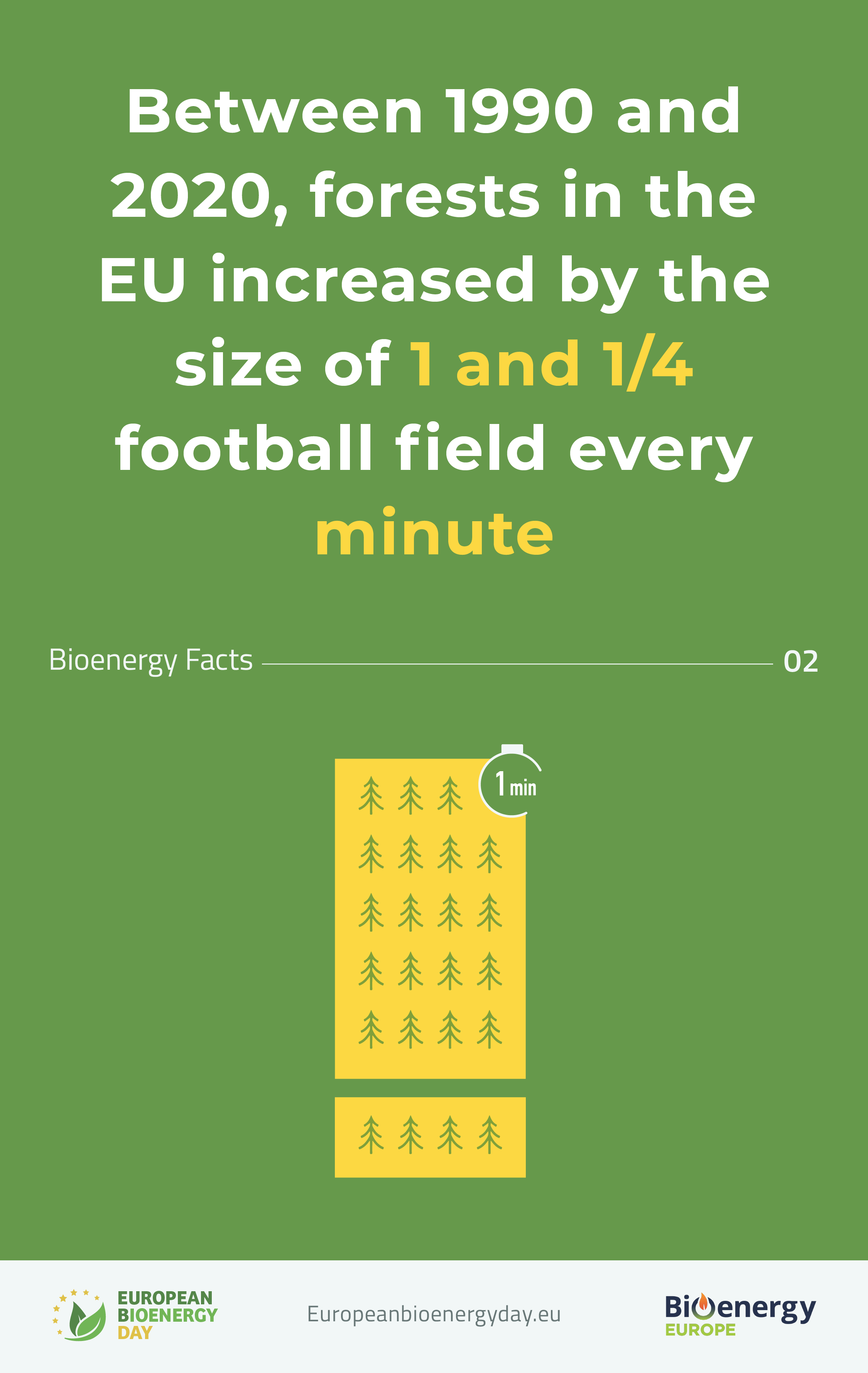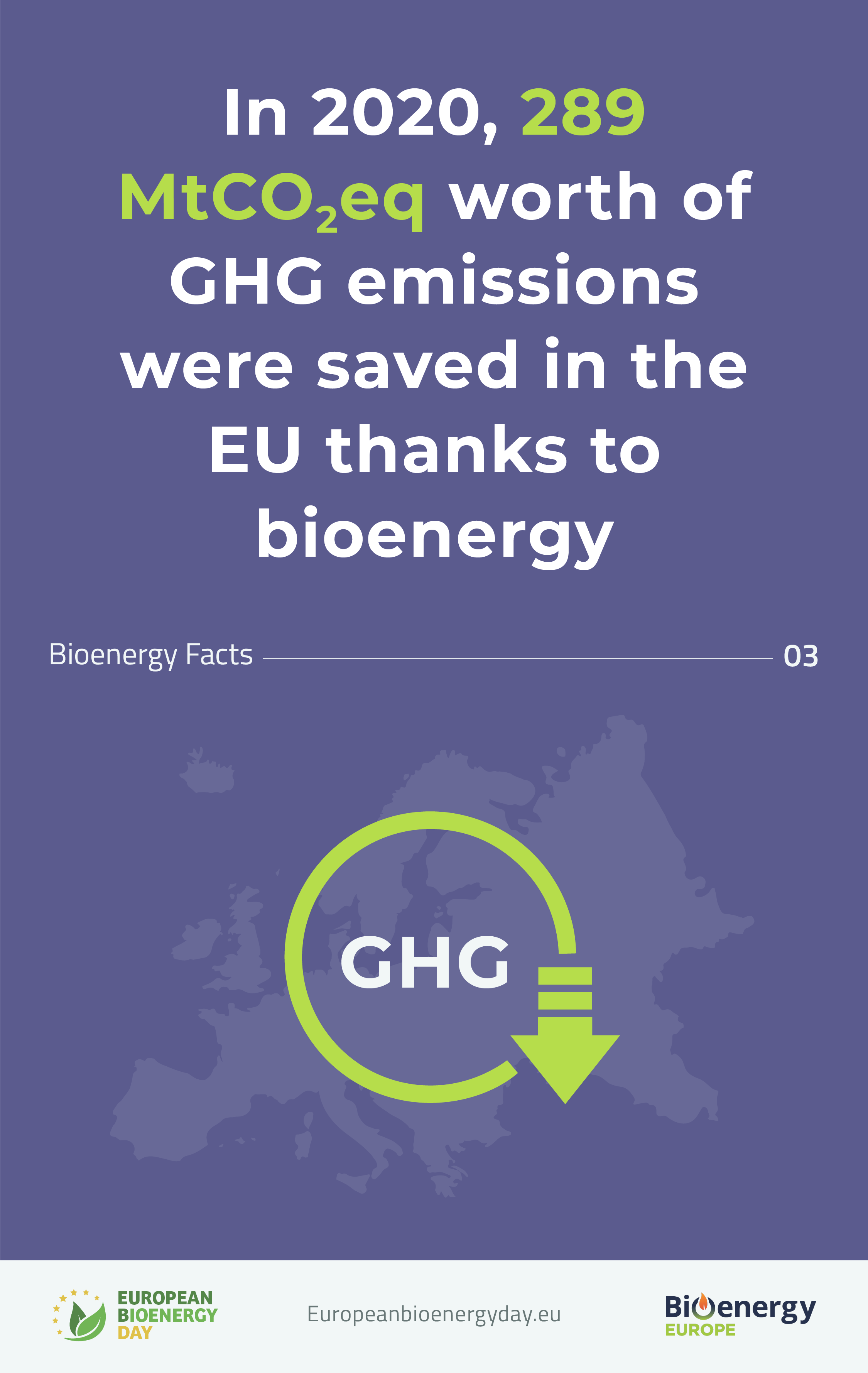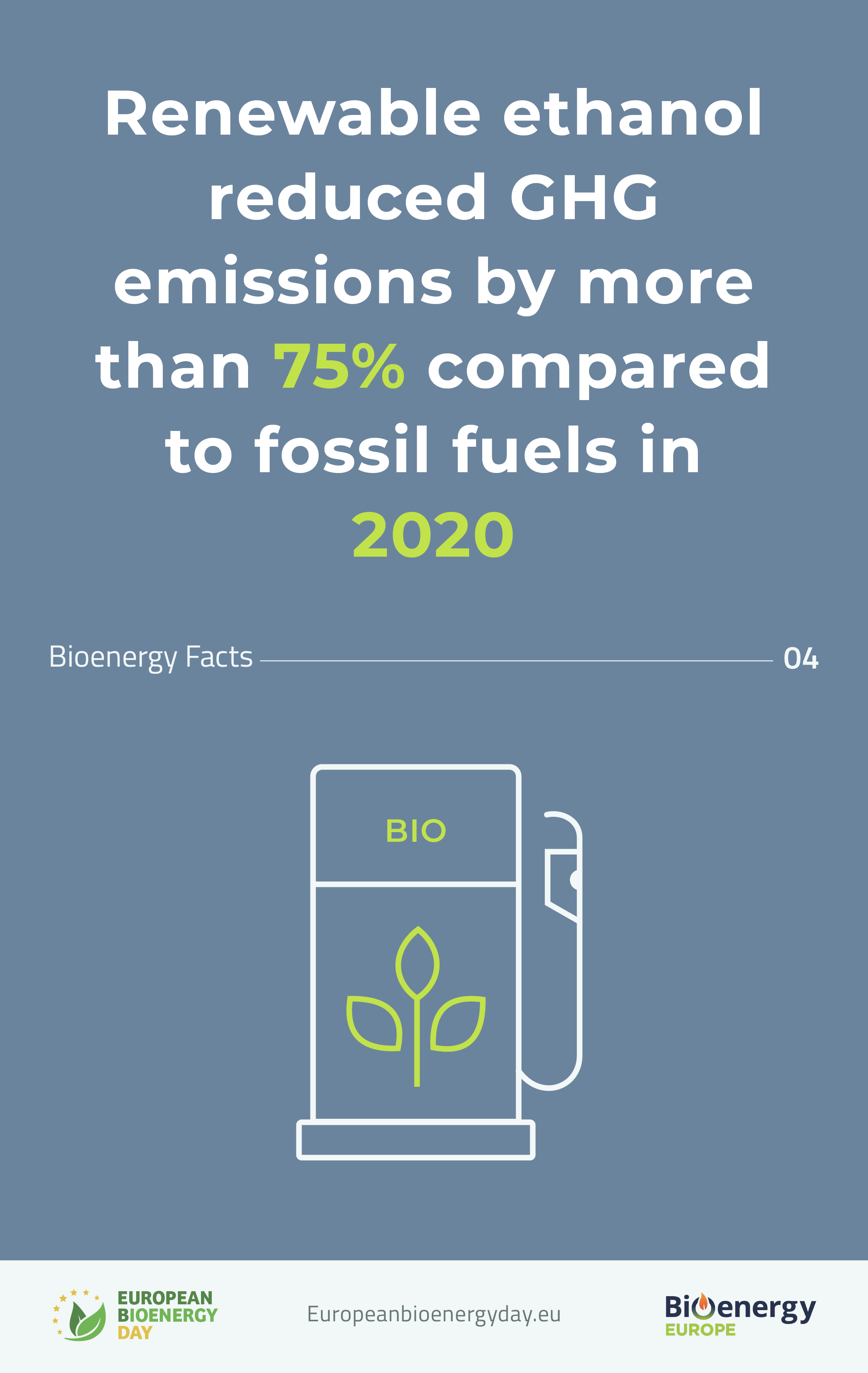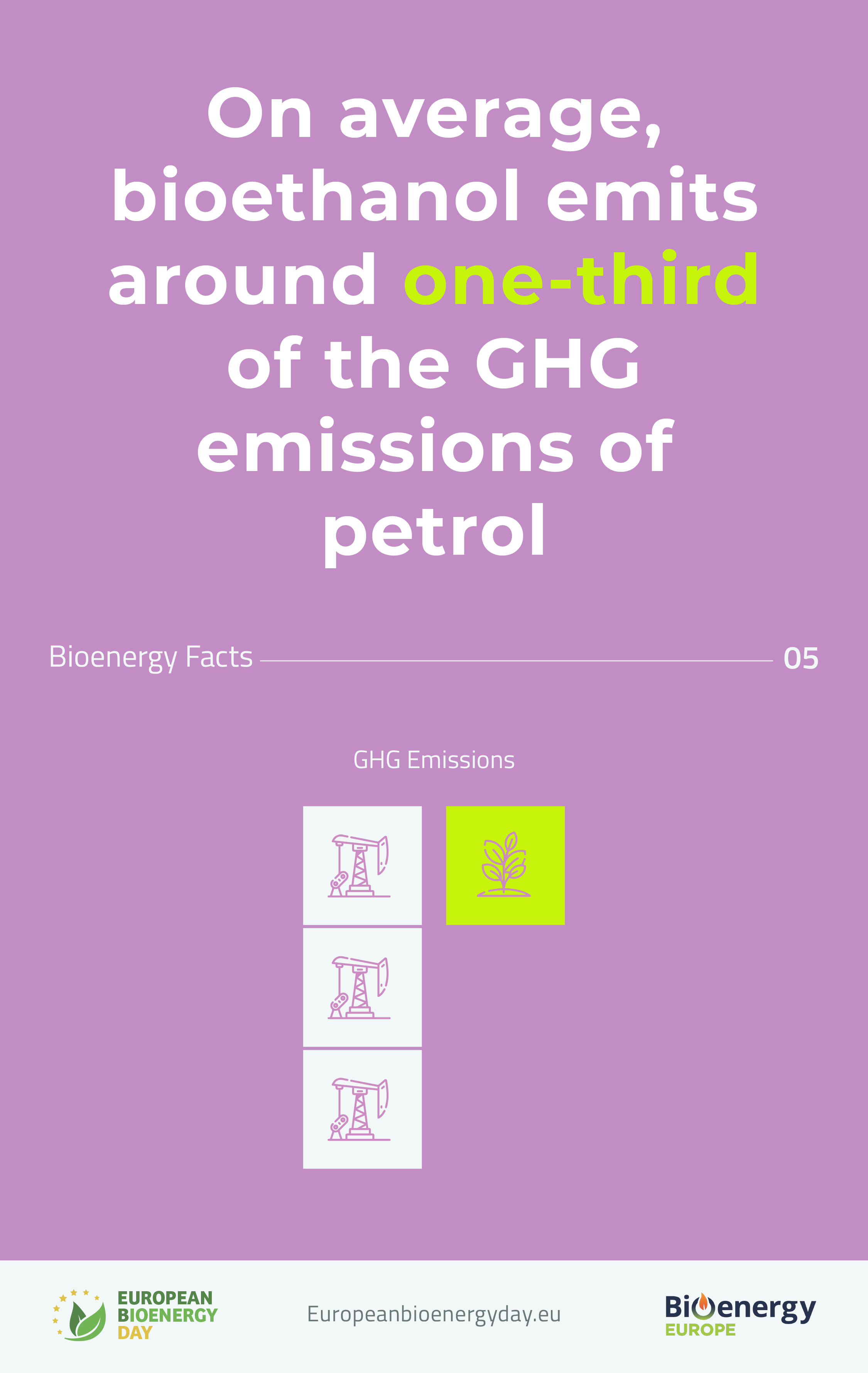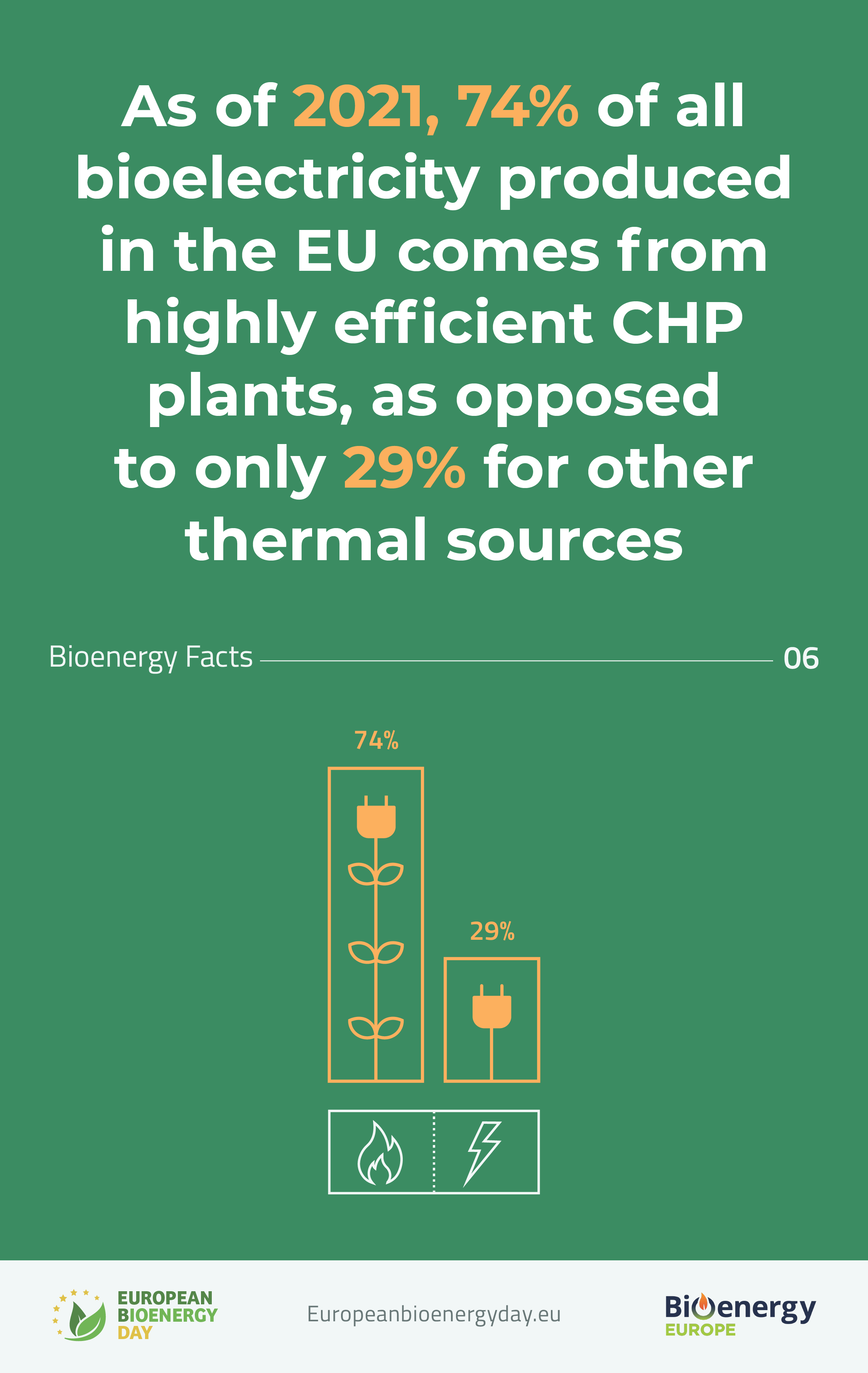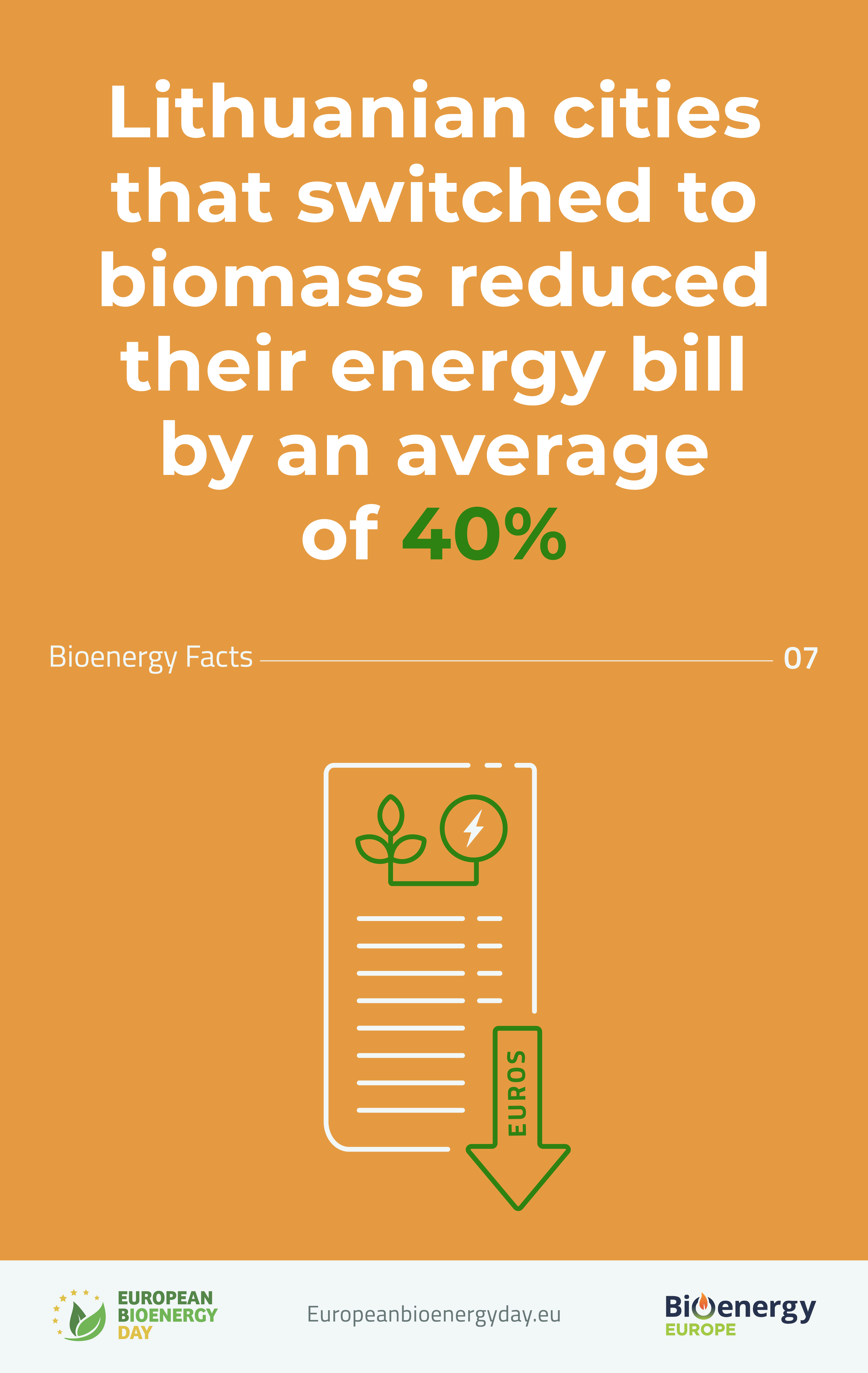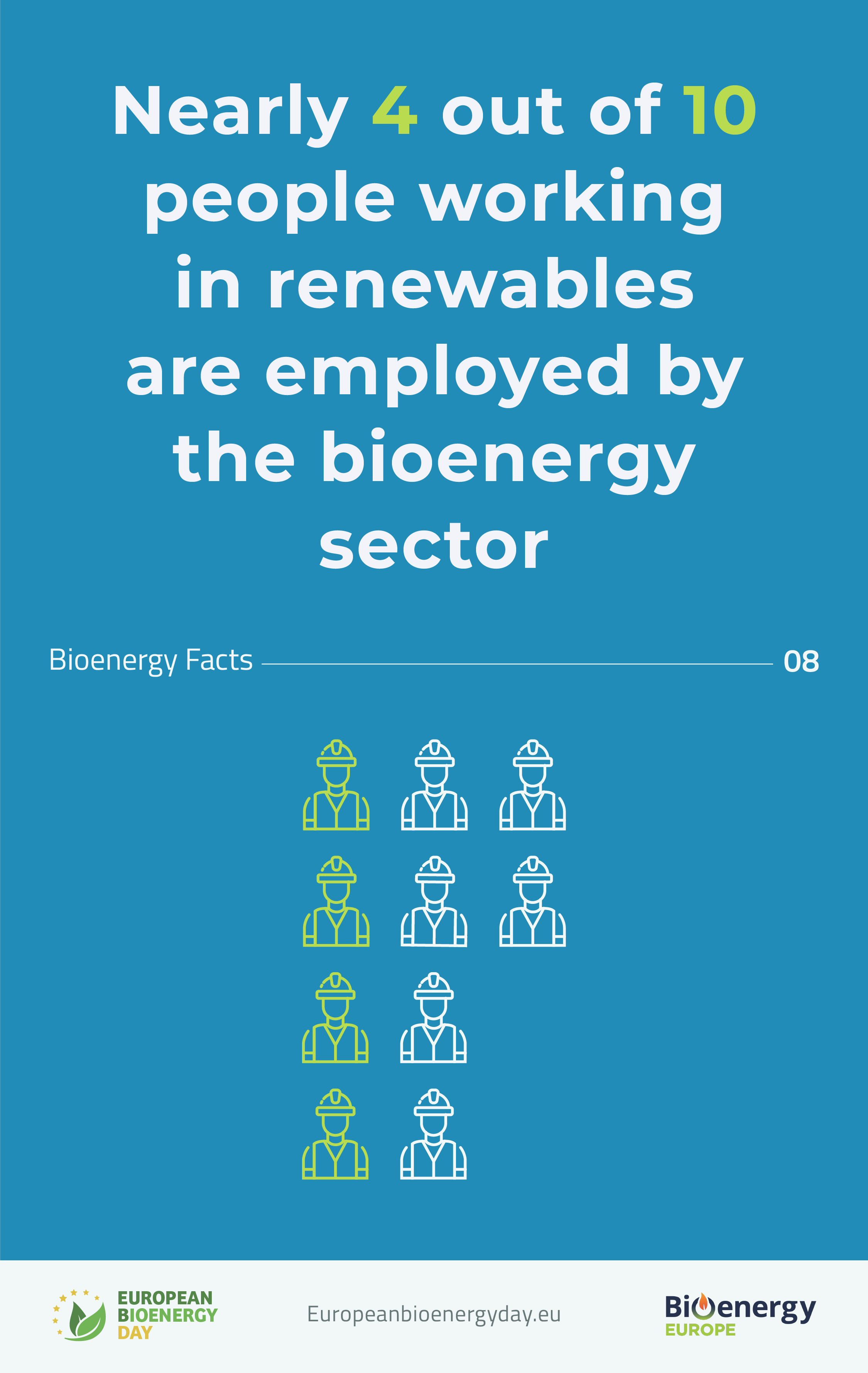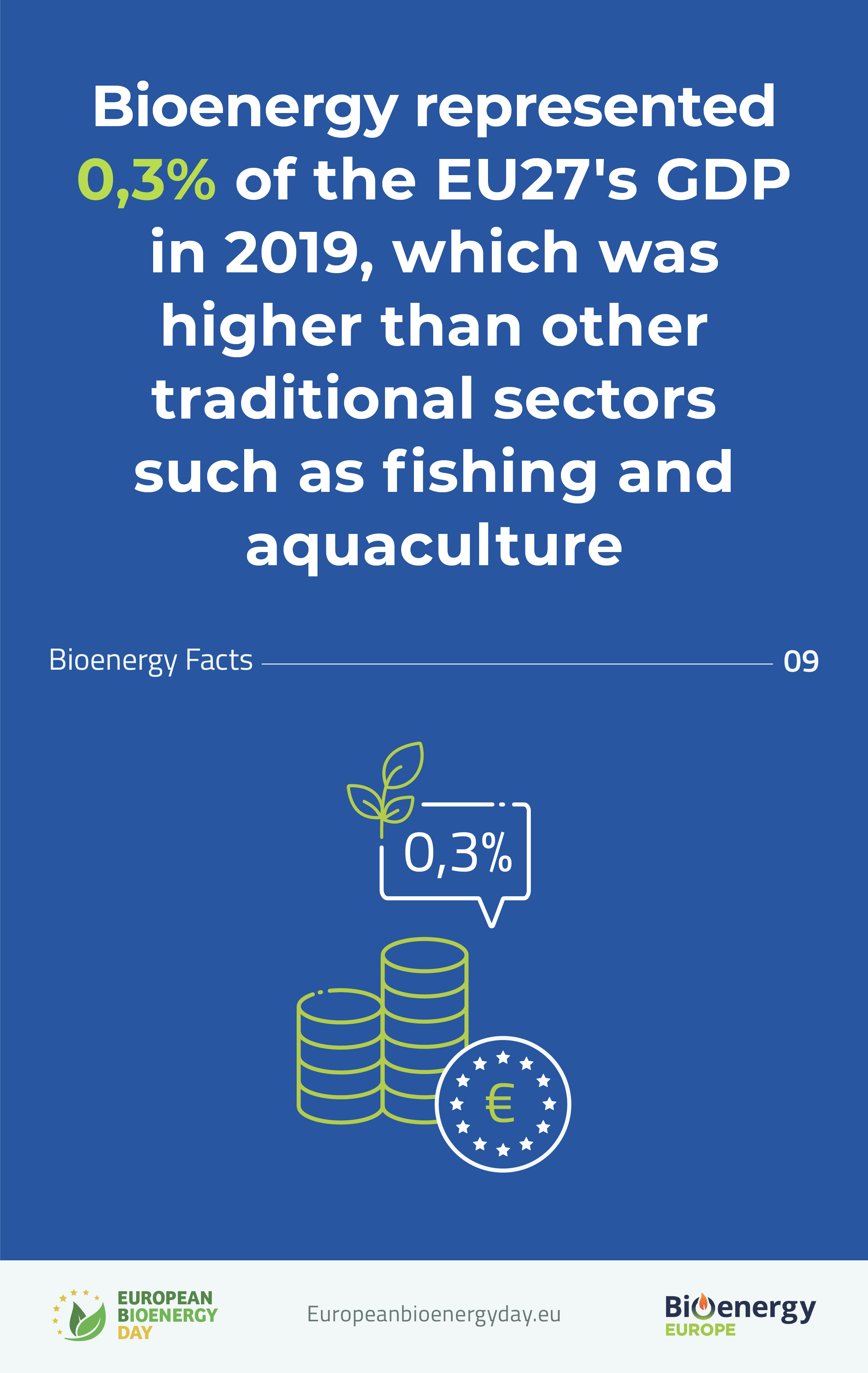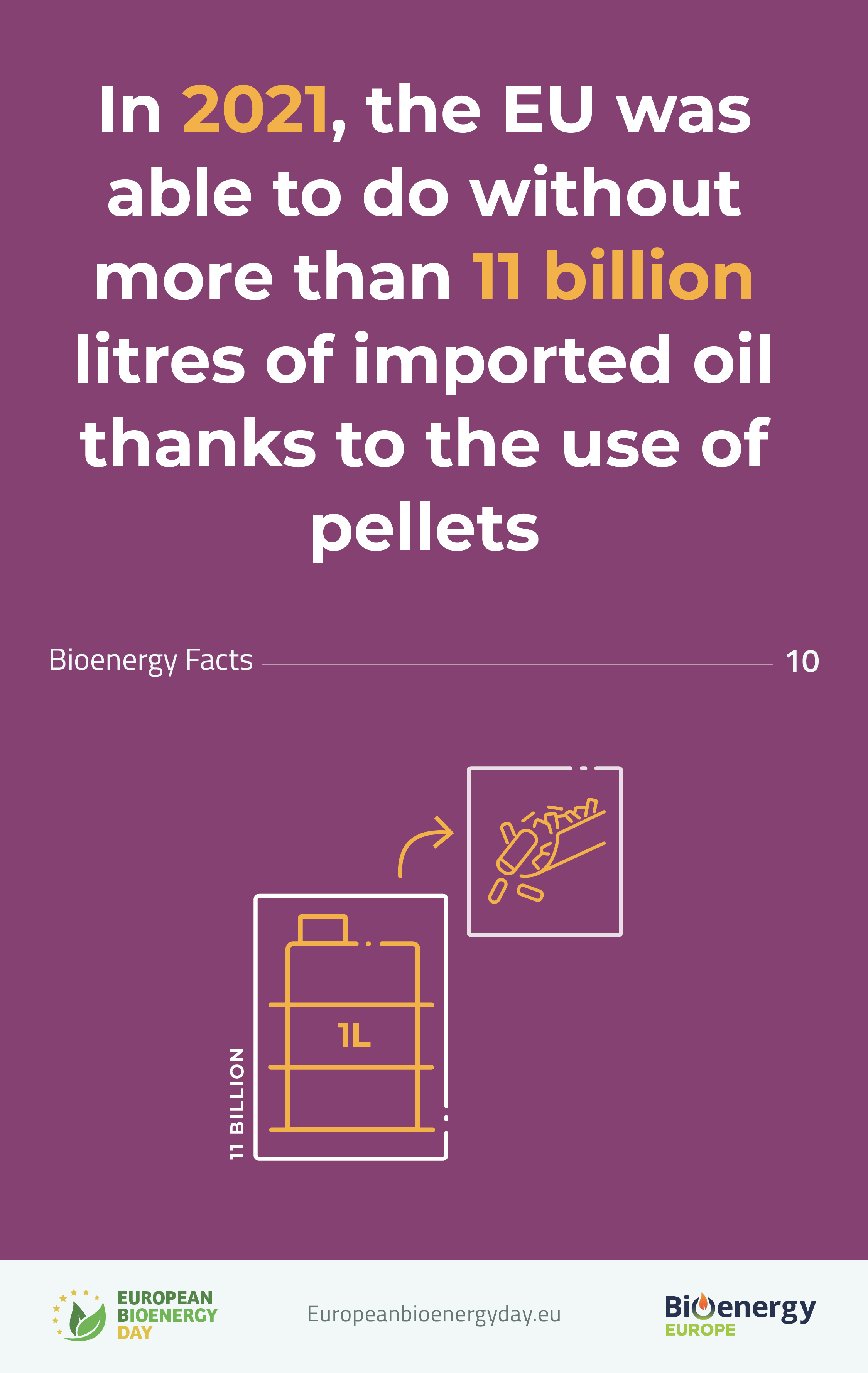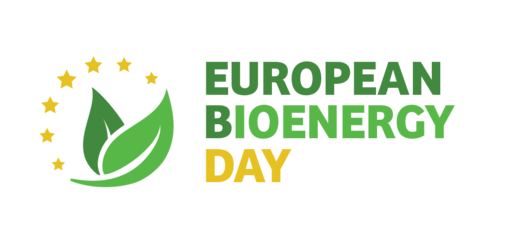Logging, grinding, screening and drying operations are mechanical processes for enhancing solid biomass fuels. These operations help transform biomass into homogeneous fuel that is easy to handle, with a higher energy recovery (eg. woodchips, wood logs, agrofuel). In general, moisture content in woodchips used for energy generation in municipal or industrial plants ranges between 20-30%.
Densification is another popular way to transform woody material into an advanced fuel with high calorific value. This process involves compressing biomass and lowering moisture levels to a range of 8-10%, allowing for an homogenous fuel – either in the form of pellets or briquettes. The heat during compression fuses the lignin in the biomass, naturally binding the biomass together in a new, enhanced shape. Thanks to densification, the homogenous biomass fuel is easier to transport and can be used in automated biomass installations, such as pellet stoves and boilers.
Thermo-chemical conversions are now used to produce fuel with even higher calorific value, utilising torrefaction or steam explosion technologies. During the torrefaction process, wood is subjected to temperatures of 230°C-300°C at atmospheric pressure without oxygen. Comparable to some extent to coffee torrefaction, this method creates a fuel with unique characteristics. As compared to conventional wood, torrefied wood has very low (>5%) moisture content, is easily grindable and is relatively hydrophobic.
Thanks to advanced technologies, woody biomass can also produce liquid and gaseous fuels. Pyrolysis, for instance, is a thermal-chemical conversion that requires a high temperature (>400°C) and little oxygen to convert solid biomass into gas, liquid fuels (pyrolysis oil) and/or biochar. Gasification is another thermo-chemical conversion that takes place at high temperatures (>800°C), with limited oxygen and/or steam, and converts solid biomass into synthesis gas, known as syngas – which contains carbon and hydrogen and can be used to produce liquid fuels such as biodiesel.
